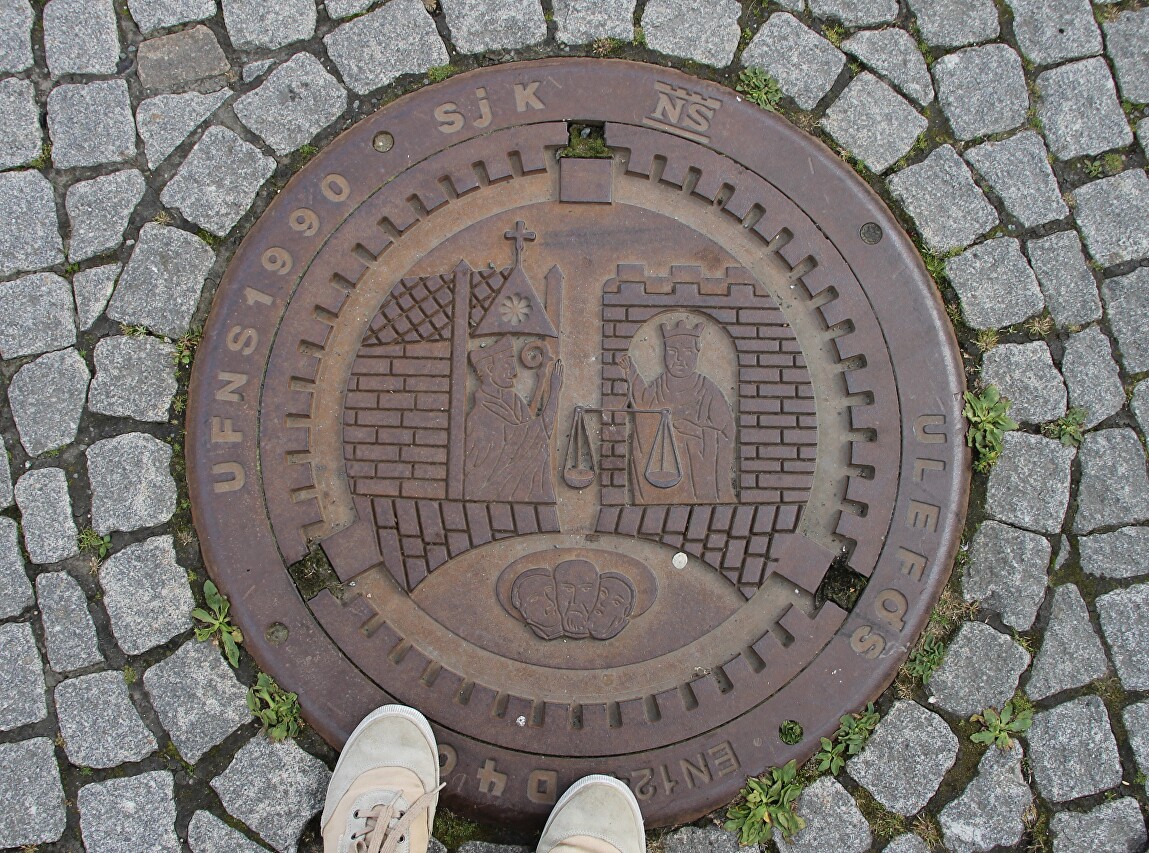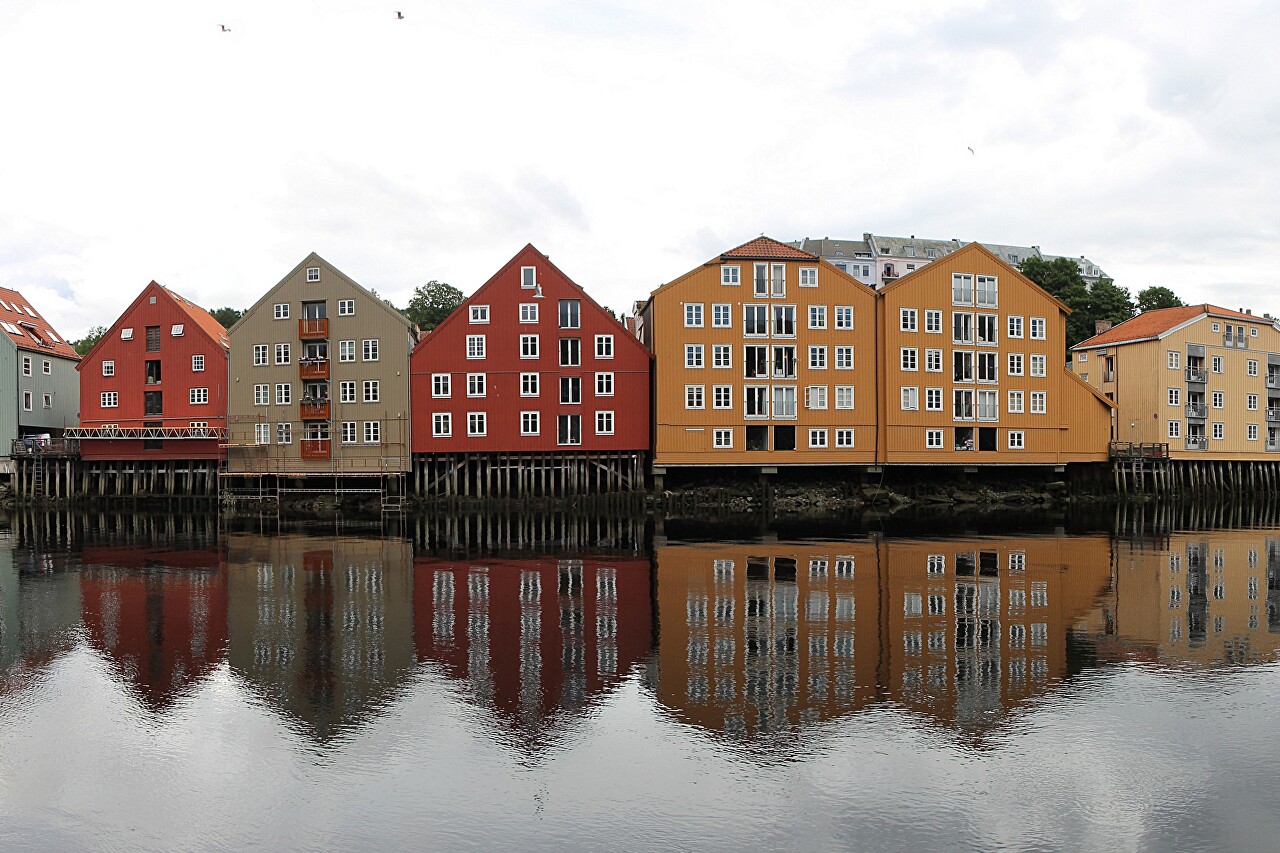Histoty of Trondheim
Archaeologists have discovered that the first people settled between the mouth of the Nidelva river and the Trondheim fjord in the fourth century BC. The ancient Norwegians were engaged in fishing and agriculture. The official founding date of the city is 997 the year in 1997, was widely celebrated its millennial anniversary. Olav Tryggvason, great-grandson of the Creator of the Viking state, Harold fair-Haired, built his residence, Church, and established a place for trade. The king named the new settlement Kaupangen ("market square"), but over time the name Nidaros took root, which meant "The mouth of the Nida (Nidelva) river". The new city grew and soon became the largest shopping center in Norway. In 1000, Olav was killed in the battle of Svolder, was buried in Nidaros, and his grave became a national Shrine. In 1152, the episcopate was established here and the city became the spiritual center of Norway, as evidenced even by the images on the manholes.

The city was the capital of the Norwegian state until 1217, transferring powers to Bergen, which by then had become the largest center of trade and the richest city in Norway. After that, the city developed with varying success, periodically suffering from devastating fires. Nidaros expanded its borders several times, absorbing the surrounding towns and villages.
The name "Trondheim" originates in the middle ages, after the surrounding lands that bore the name of Trondelag. Linguists see in this name the roots of old Norse words, meaning "growth, prosperity, fertility". Indeed, the region is mostly flat and convenient for agricultural activities, unlike other regions where mountains and glaciers predominate. The inhabitants of these places called the settlement Trondheimir, which meant "City in Trondelag", the same name is found in documents from the period of Danish rule. The city finally received the name Trondheim in 1930, following the example of Kristiania, which changed its name to Oslo in a referendum.
During world war II, the city was captured by the Germans on April 9, 1940 and was occupied until the surrender of fascism on may 8, 1945. The Germans built a large submarine base in the Trondheim area, and the population was severely repressed.
After the war the city developed mainly in the food industry, as the province of Trondelag is the "breadbasket" of Norway. There are shipbuilding and communication facilities, and the seaport is visited by about five thousand ships a year. Now Trondheim is better known as a cultural and educational center, it is home to the Norwegian technical University and several colleges. It hosts the Kosmorama international film festival, jazz festival, Blues and chamber music festivals. In early August, Trondheim hosts the main religious and cultural festival of Norway, the Festival of St. Olaf.

And, of course, the city attracts many tourists-despite the fires, the largest wooden building in Scandinavia, several old churches, including the Nidaros Cathedral - the main one in Norway, the summer residence of the Royal family and other architectural monuments have been preserved here.